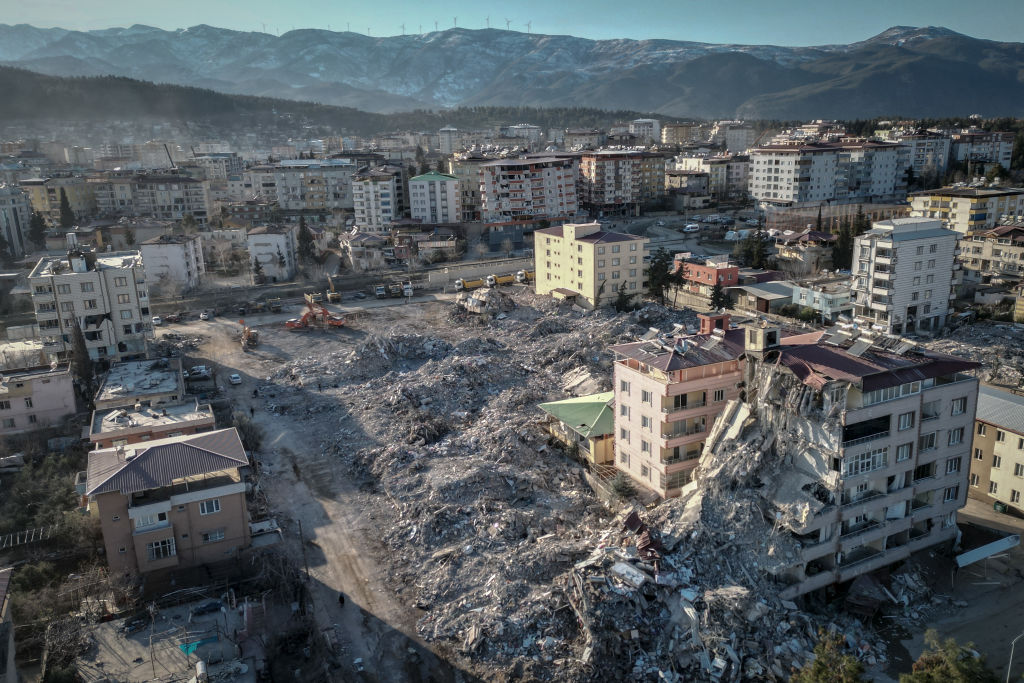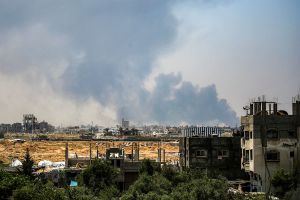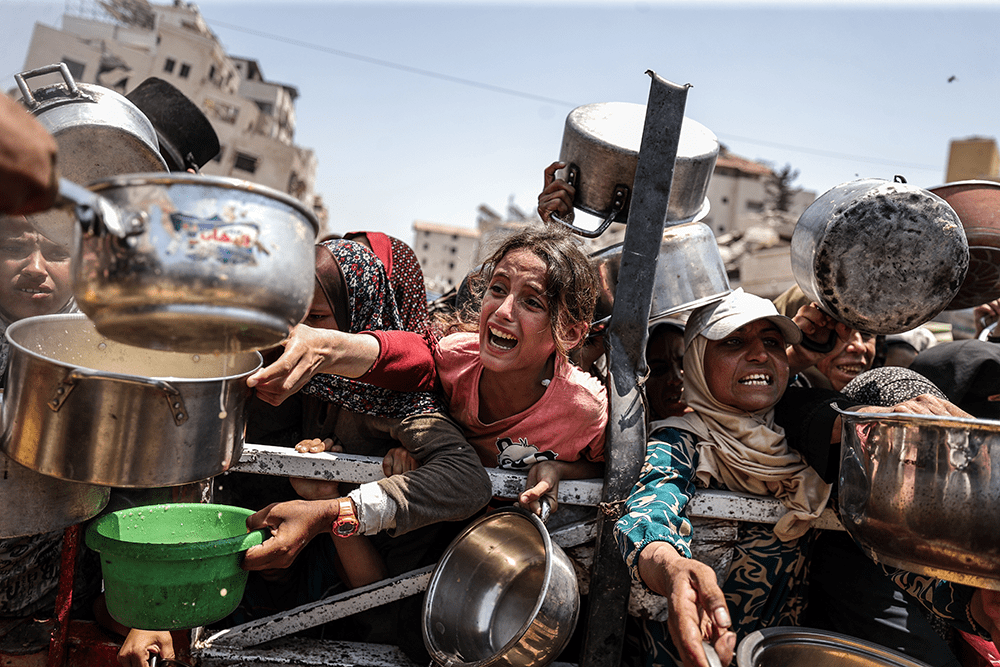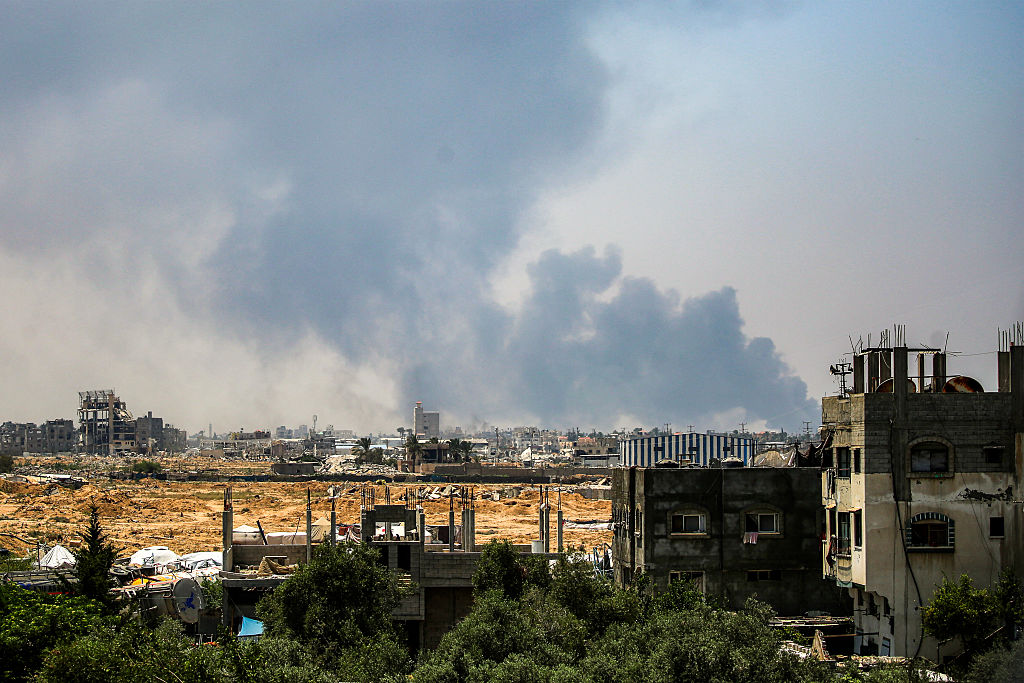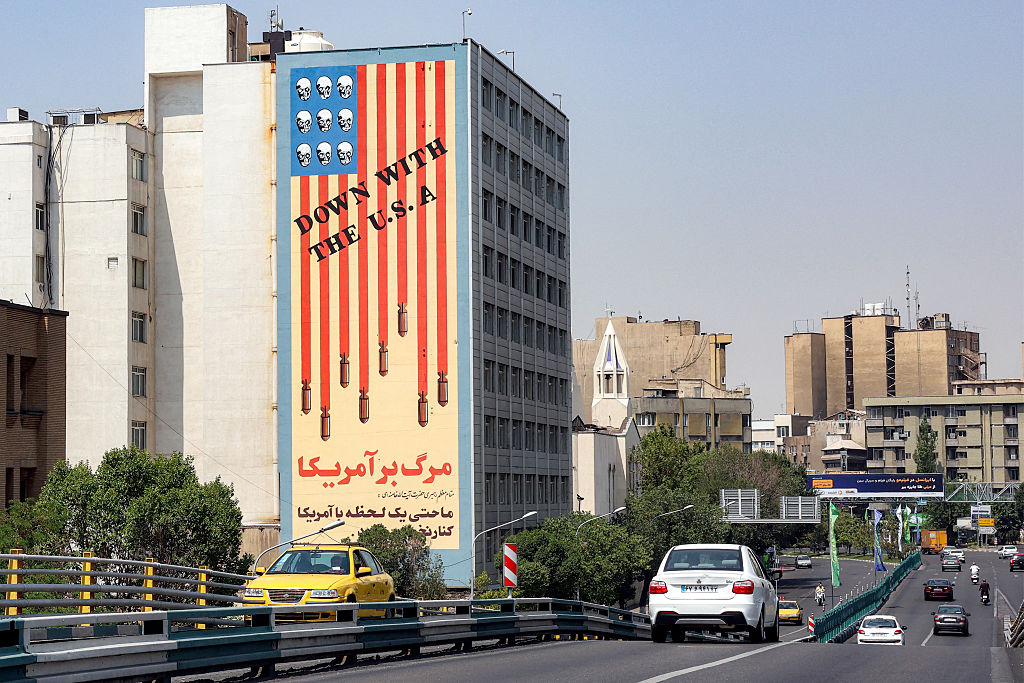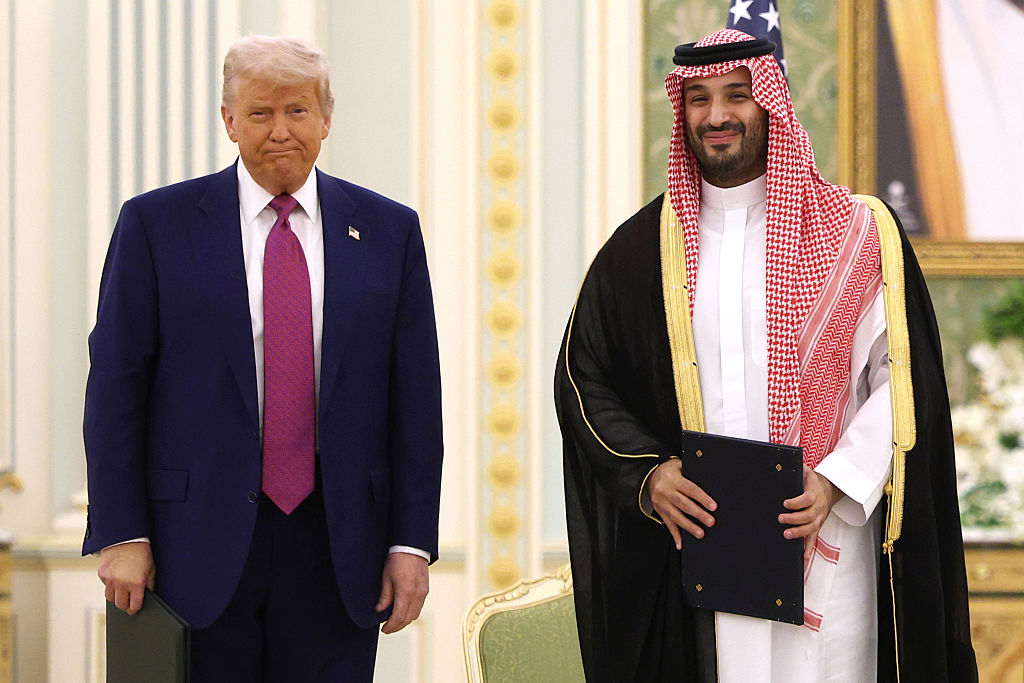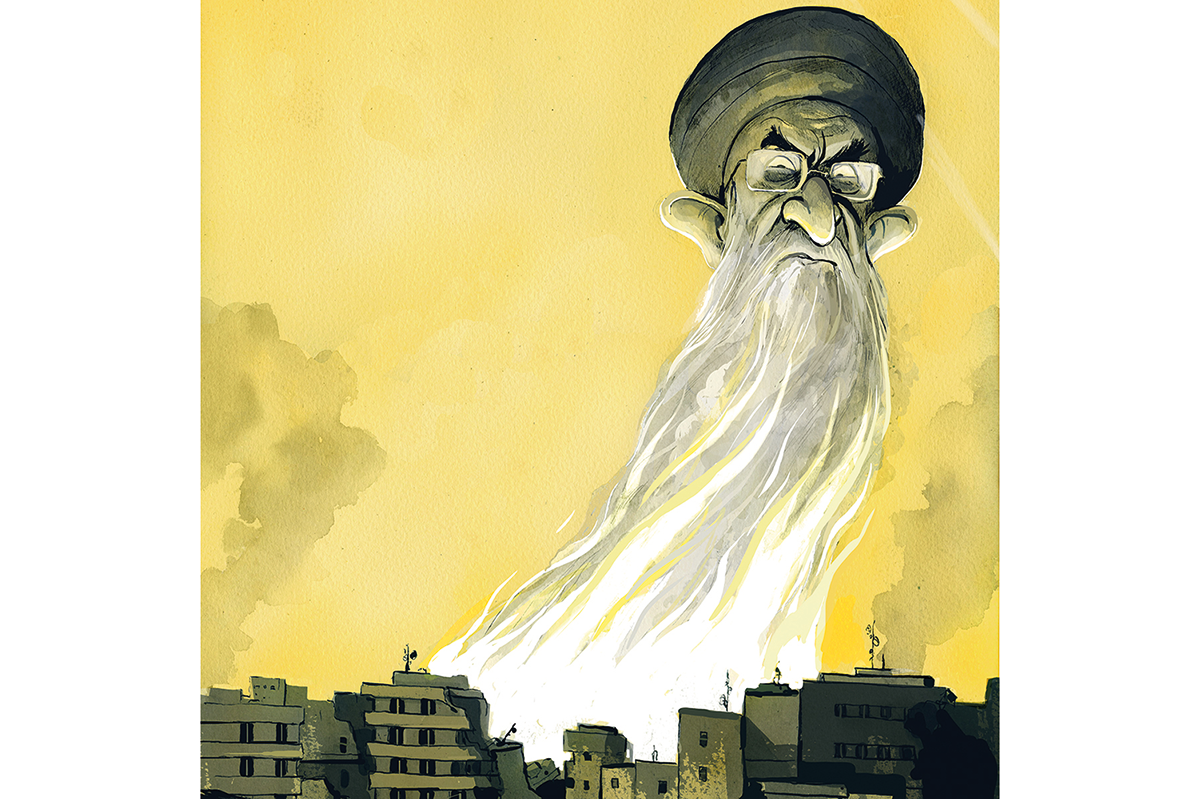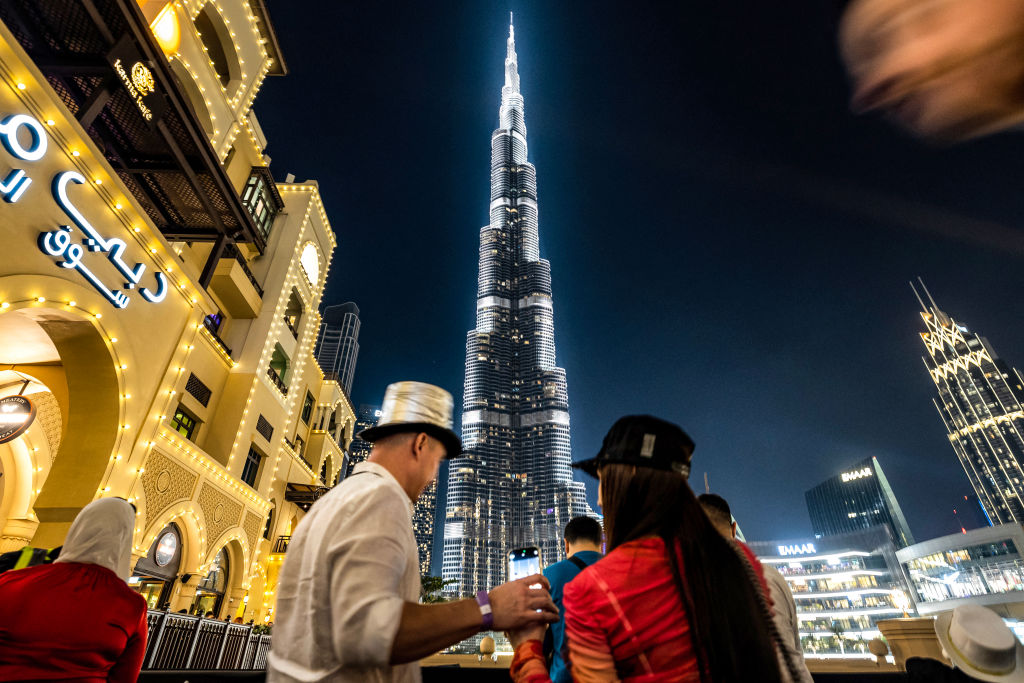In 2013, I was studying for a Master’s degree in Beirut when a bomb went off in Baghdad. I remember receiving a message from a friend checking in to see if I was all right — even though I was 500 miles away.
It can be hard to convey to people back in the United States that violence in the Middle East is not necessarily a part of everyday life. At times — in Iraq in the years following the US invasion, for example — it is. But such attacks are usually a tragic anomaly.
All this stands in stark contrast to news about the earthquakes in southern Turkey and northern Syria, which struck last week and killed at least 36,000 people. Upon hearing the news, I thought of two former colleagues whom I’d worked with during a year living in the city of Gaziantep, the site of the first earthquake’s epicenter. I scrambled to find their numbers, and sent them each a message on WhatsApp. It was only a few minutes, but it seemed like hours before the first colleague responded to say she was safe, and that our other colleague had recently relocated from Gaziantep to Europe.
Despite the fact that I’d lived in Gaziantep for a year, my closest connection to a death in the earthquake was through my brother, whose college roommate at Montana State University died in his home city of Adana, along with his new wife and parents, when their apartment building collapsed. It’s a connection I would have had even if I’d never lived in the Middle East, a fact that seems almost surreal.
Before moving to Gaziantep for a job working on one of the countless Western-funded projects supporting the opposition-held areas of northern Syria, I knew nothing about the city. I read a sensationalist profile in the New Yorker assuring me that Gaziantep was the new Casablanca, where spies and ISIS matched wits. I think what surprised me the most, however, was just how normal it was.
The city was an epicenter of the vulturous development and aid sector, where Western governments threw around millions of dollars with little to show for it (including the project I was working on). At the city’s few bars, young professionals from Europe and the US traded acronyms and titles. Hundreds of thousands of Syrians found their way to the city as well. Many were activists who began fighting for the principles of the Syrian revolution, then pretended to accept the logic of the international development sector in exchange for a paycheck. Most, however, went unnoticed as laborers or wards of the international community, hoping to either continue on to Europe or someday return home to Syria.
Despite all these newcomers, it seemed that most Turks went about life unaffected by the conflict in Syria just across the border. One time, while standing in line at McDonald’s in one of the city’s shiny malls, several university students approached me and asked if I was an English teacher. I was sorry to disappoint, but I found it funny that they seemed unaware that almost all of the Westerners in their city were part of the aid and development industrial complex.
In March 2016, the US consulate in nearby Adana evacuated the family members of its staff and closed an office they had in Gaziantep, citing the ISIS threat. They held a public meeting for American citizens in one of Gaziantep’s hotels to explain the decision, and I attended on behalf of the company I was working for. Essentially everyone had the same profile: they had been in the city for several months to a year, working for one of its many NGOs and development for-profits. There were a few exceptions, including a woman I suspect married a local long ago, as she had been there over twenty years and worked at a hospital. Her daughter, a local university student, attended with her.
Despite having a reputation as boring compared to cities like Beirut or Istanbul, Gaziantep was a fascinating place in many ways. The older part of the city, to include the citadel that was heavily damaged in the earthquake, was beautifully preserved. (I write in the past tense here because I don’t have a sense of what remains, and what doesn’t, after the earthquake.)
Cobblers still handcrafted leather “yemeni” shoes (I never found a good explanation for the name). Stone buildings that formerly served as khans — caravan warehouses and inns — had been converted into cafés serving Turkish tea and hookah (nargile in Turkish). One, Bayazhan, became what was arguably the city’s nicest restaurant and bar. While there was some international cuisine available, Gaziantep’s food centered on one thing: kebab. It was astonishing how many kebab places dotted the city, and it seemed to be just about the only thing anyone ordered when going out. There were a few other local specialties, of course, but it was the kebab, preceded by lentil soup and washed down by an obligatory post-dinner tea, that dominated the culinary landscape.
A walk down the street showed that Gaziantep was in close contact with its history. Older buildings were preserved with great pride. However, a closer look revealed that this care for the past was extremely selective. I remember peering over the fence at the Liberation Mosque, then closed for renovation, and noticing an inscription from 1892 on the face of the building. The mosque’s architecture obviously betrayed its origins as a church, and the date indicated it was constructed just before the Hamidian massacres of 1895-96, a precursor to the Armenian genocide two decades later. The two events wiped out the longstanding presence of Armenians in the city, and as Gaziantep local Umit Kurt has pointed out, many of the city’s landowners can trace their holdings directly back to the confiscation of Armenian property following the genocide. Many of the old Armenian houses are now cafés or bars.
While Gaziantep was more “normal” than I’d expected before arriving, the city did have its share of security incidents. ISIS bombed a major police station as well as a Kurdish wedding. The coup attempt that rocked Turkey back in 2016 brought a level of uncertainty that I had not yet experienced there. Elements of the military unsuccessfully tried to remove President Recep Tayyip Erdogan from power, but it didn’t seem like their efforts were focused on Gaziantep, a stronghold of Erdogan’s ruling AK Party. For a week or so after the coup attempt, young supporters of Erdogan and his government drove around city shouting Allahu akbar and flashing the Turkish nationalist gray wolf hand signal. Otherwise, life mostly went on as normal.
The only time I ever really felt unsafe in southern Turkey was on the last day I lived in Gaziantep. I had gotten a taxi for the city of Adana, a two-hour drive away, to take a flight to Beirut. The first mix-up, betraying how little Turkish I’d learned during my stay, was that when I’d arranged several hours prior a taxi to the airport in Adana, the driver thought I was going to the Gaziantep airport to fly to Adana. Once we clarified the mistake, I heard him laughing on the phone with who I think was the taxi dispatch, saying he’d be gone longer than expected.
On approaching Adana, the taxi turned on Google Maps to direct us to the airport. I had made this trip several times before, and tried to explain that the route on the map was incorrect, but I couldn’t get this across in Turkish. As such, we turned down what I assumed would be a minor detour, circling the airport before finally arriving safely at our destination. The first clue that something was off was a small piece of burning rubber in the middle of the street. We continued on and eventually arrived upon a scene of young men in balaclavas burning piles of tires in the road. My driver, seemingly unmoved, continued right past them. I was able to get out of him in my terrible Turkish that it was “PKK, not ISIS,” meaning the men were Kurdish.
We drove right by a young man carrying a Molotov cocktail, and he looked in the window to see me. He didn’t do more than give a passing glance, but I was relieved when we passed through unscathed. The driver wanted to stop and get directions, so he pulled over to a small shop in plain sight of the pile of burning tires. Directions in hand, we finally arrived at the airport.
Turkey seemed like an inexplicable mystery to me, and still does. Why in some bars do the waiters throw napkins on patrons’ tables like confetti? What does the average resident think of both the Syrians and Westerners newly arrived to their previously provincial city? Even though I was able to check on the colleagues I knew well, I’m sure there are countless people I saw in my day-to-day life who have either been killed or are still waiting on word about their loved ones.
Those who go to Gaziantep searching for the new Casablanca will find all the necessary characters. For me, I’ll always remember the kid who rode with me on the elevator one day in my office building, terrified, it would seem, of my tall stature and bright orange hair. I was with a Syrian colleague, who laughed as a look of terror came over the kid’s eyes and he didn’t respond to my friendly gunaydın — good morning. The elevator door opened and he rushed out faster than he probably ever has. But then he reached the door and waited to hold it open while we joined him leaving the building.
I hope he, and every other kid I ever saw there, is all right. It’s unfortunate that they can’t all be.



